Embedded Design Service
MOKO provides one-stop embedded design solutions to our customers that cover a full phase of the product life cycle.
What is Embedded Design?
To understand this question, we need to know the definition of an embedded system first.
An embedded system refers to a computer hardware system based on a microprocessor with software designed to achieve specialized functions, which plays a role as an independent system or as a part of the system. For instance, a washing machine, a smartphone, or a security access system all can be embedded systems.
As to embedded systems design, it is a process that combines hardware and firmware design together to build a system and achieve specific functions. It involves many steps including PCB design, firmware coding and programming into the microcontroller.
MOKO Embedded Design Services
At MOKO Technology, our embedded design services can custom the best solution to your project needs. Our engineers are experts in this area, and they would work with you throughout the project from modeling to the manufacturing of the embedded system to make sure the designed system can meet your requirements and work well. We can help customers to develop and implement embedded systems that use less power and operate under rugged conditions.
MOKO is your go-to embedded design provider that specializes in electronic design and manufacturing services. Want to know more details? Contact us now or call us at 86-75523573370 to get a quick response.

Why Outsource to MOKO Technology?
- We are experts in the embedded system area. We have accumulated over 10 years of experience that allows us to handle various projects in different industries. Let us help you in the embedded design process, while you can focus on other aspects of your business.
- MOKO provides embedded design service with a short turnaround time while guaranteeing its feasibility at the same time. If the timeline of your project is tight, we can handle it and make your project get going on right away.
- Sound documentationsystems. The quality of documentation can decide if the designs can be understood by engineers, maintainable by technical supporters and repeatable in fabrication. Here at MOKO, we have sound and efficient documentation systems, so if you want to create a patent on your ideas and products, we are your ideal choice.
Embedded Design Process at MOKO
Embedded systems design is not an easy job that involves many steps, so it is of vital importance to make a systematic plan. MOKO has built an embedded design process that helps us to break the whole design cycle into manageable stages to improve the efficiency.
Step 1: Understanding Project Requirements
The first step in embedded systems design is to understand the specific requirements of the project by communicating with customers and then turning the ideas into specifications. The specifications are not limited to the number of I/Os, we also need to figure out the applications and operating conditions as the embedded system used indoors is different from the one used outdoors.
Step 2: Building Schematic
In this step, our hardware designers start to build the schematic. It involves the selection of microcontrollers and other components, which is a vital step since the microcontroller is the key to an embedded system. We would take full considerations including processing speed, memories, power consumption, and cost before we make correct options.
Step 3: PCB Design
Once we finished the building of the schematic, we will move to the PCB design for the embedded system, which is a delicate and complex process that requires our designers to apply best practices for functionality, manufacturability, and reliability. As we all know that the PCB design can be difficult when working with a high-speed microcontroller and/or mixed-signal circuits. But do not worry, we have expertise in this area and we can handle complicated PCB design.
Step 4: Prototype
In step 4, we would get the prototypes done if the PCB passes the test and works without errors. Then we will test the prototype to check the feasibility.
Step 5: Firmware Development
Since now we have completed the design of the hardware of the embedded system, we need to finish another important step: firmware development. Our firmware designers would write the code to make it work. Firmware development is a process that takes time to finish, even a tiny mistake can result in hours of debugging. Luckily, we have professional and experienced firmware designers to speed up the process.
Step 6: Testing and Acceptance
The last but not least step is to test the embedded system design before it is deployed. The test includes a wide range, we will not only test its functionality, but also will test the reliability of the circuit especially when operating near its limits.
Embedded Design Cases
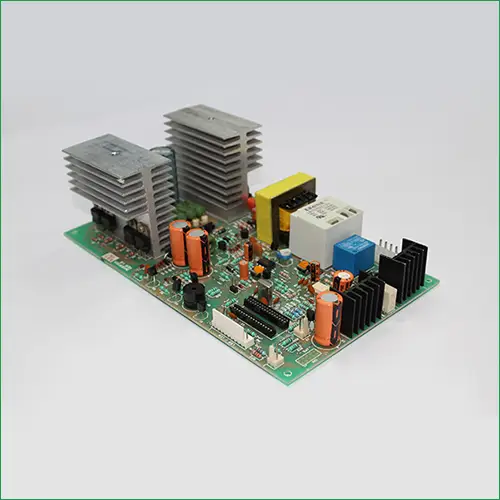
Energy Power Electronics
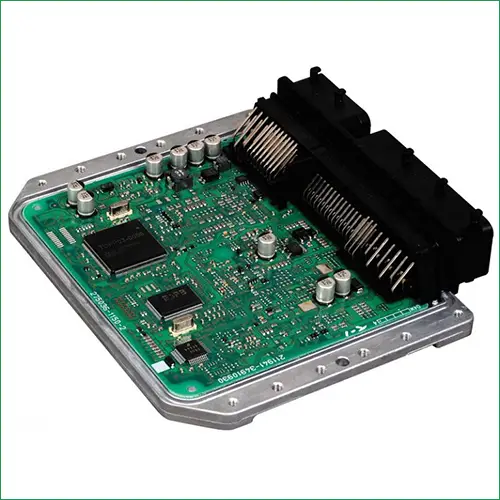
Electronic Control Unit
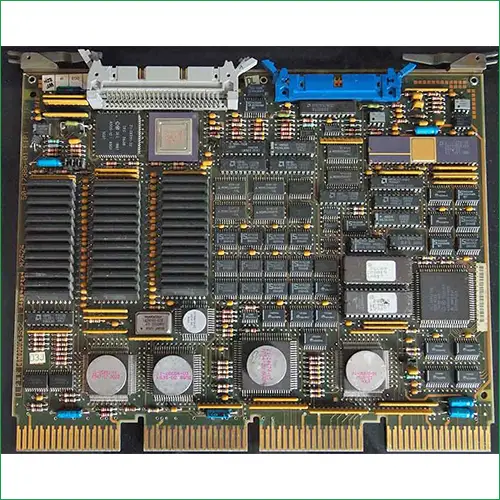
Telecom Boards
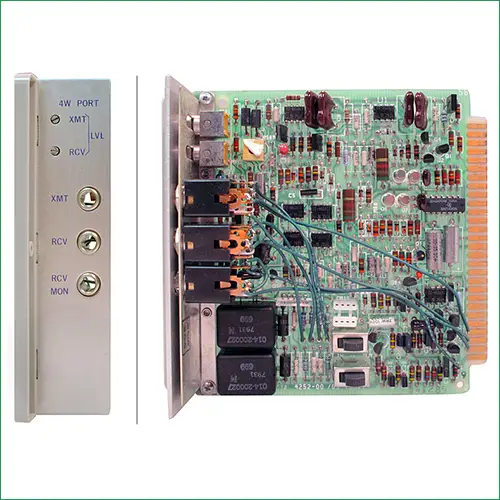
Telephone Module
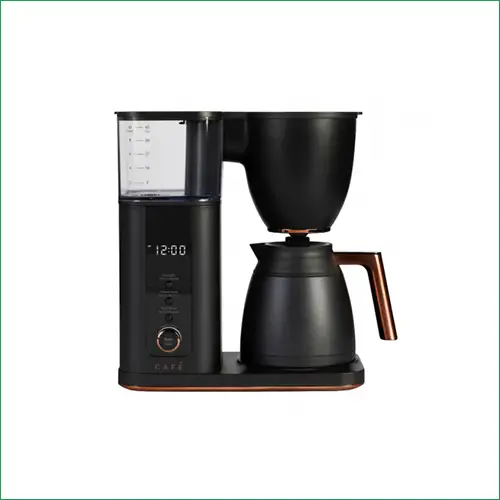
Intelligent Coffee Machine

Smart Home Products
FAQs about Embedded Design Service
Embedded design involves designing of hardware and software in devices to achieve specific task. It is essential for creating smart and effective solutions across several sectors and fields.
Key components of an embedded system include: the microcontroller or microprocessor appliance memory (RAM, ROM), electrical power source, inputs/outputs, serial and parallel, ports, timers, analog to digital/digital to analog, sensors, actuators, and the actual software that resides in the appliance.
Embedded design is applied on constructing systems for a particular type of application where efficiency and reliability is a major concern; on the other hand, general-purpose computing is designed for a wide variety of applications with more flexibility and power.
Some of the widely used languages are C, C ++, Assembly, Python while others are rarely used such as Ada or Java depending on the kind of application and hardware required in the operating system.
Some common services include; the designing of the hardware of the device, writing firmware for the device, integrating a system, testing the device and debugging.
We create systems with OTA( over-the-air) update capabilities for simple maintenance and updates throughout the entire life cycle of our product.
We provide post-implementation services which comprises of tele-support, rectification, modification, improvement, and necessary technical back-up to keep the embedded system running as required.
To make the embedded system reliable and safe, MOKO Technology provides simulation, in circuit testing and other kinds of services. The system uses high quality materials, adhere to best practice and utilizes features like encryption as well as restricted access.
Ready to Get a Quote?
Take advantage of our network and see what MOKO Technology can do for you.